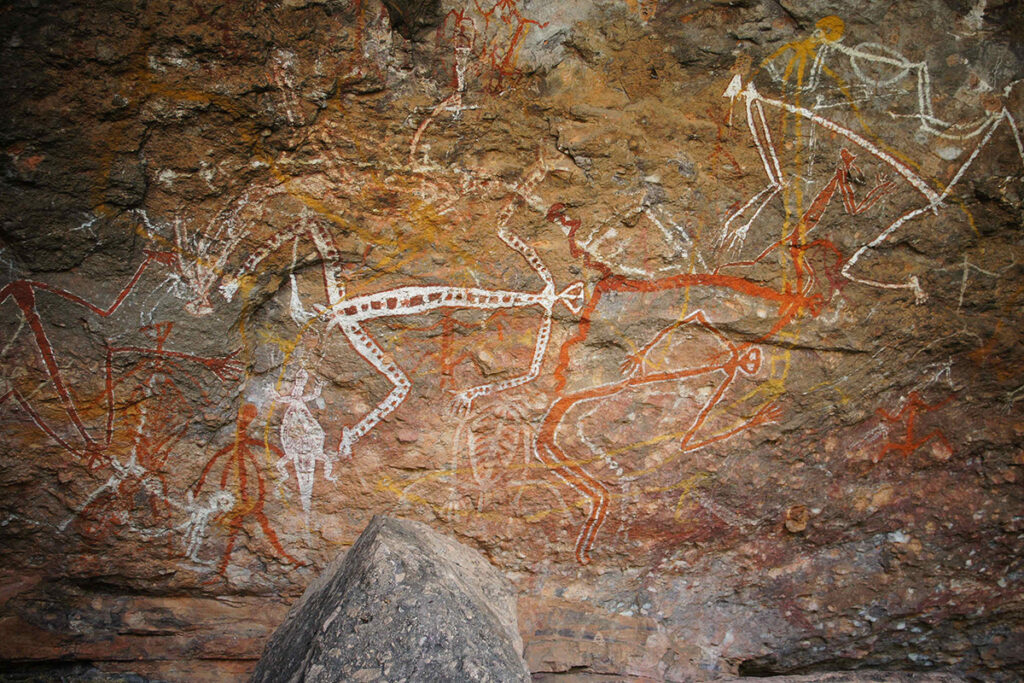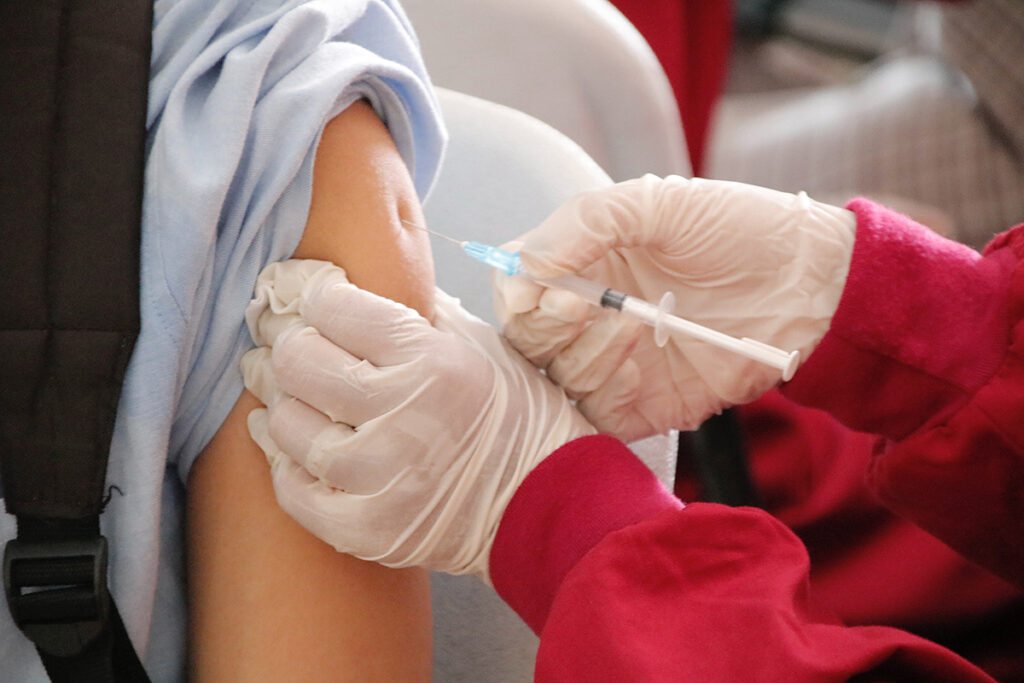The coronavirus pandemic has affected the entire world, but specific communities have been hit harder. Many indigenous peoples have experienced higher morbidity and mortality from COVID-19 than non-indigenous populations in the same regions. So, the Pueblo in the US state of New Mexico, the indigenous peoples of Brazil and Australia endured COVID-19 harder. Despite this, the course of coronavirus infection has been studied mainly in non-indigenous populations.
Scientists recently examined the immune response to vaccines and coronavirus infection in Indigenous Australians and compared it to non-Indigenous Australians. The overall immune response was solid and similar in both groups, but indigenous people were more likely to suffer from comorbidities — which caused severe COVID-19.
The study involved 97 people: 58 Australian Indigenous people and 39 non-Indigenous people. Several times before and after the Pfizer BioNTech vaccination, scientists measured immune responses:
- antibody levels;
- dynamics of production of IgG antibodies;
- levels of neutralizing antibodies;
- T cell responses.
The immune response to the vaccine was similar in both groups. Antibody production and levels were similar. Peak titers of neutralizing IgG antibodies were lower in Indigenous Australians. The responses of T-killers and T-helpers were stable and comparable in both groups.
One of the study’s findings was significantly lower peak IgG titers against the original coronavirus and Delta strains. The reason for the low titers of neutralizing antibodies is in concomitant diseases, which affected 39% of Australia’s indigenous population’s representatives. It was supported by the fact that Aboriginal people without comorbidities had similar neutralizing antibody titers to non-Indigenous participants.
One of the main differences in the immunity of Australia’s indigenous and non-indigenous populations was the change in the pattern of antibody glycosylation. Glycosylation is a carbohydrate compound necessary for antibodies to retain their effector properties. Indigenous peoples in Australia, especially people with comorbidities, had higher levels of glycosylated IgG G0 antibodies, which are pro-inflammatory. Levels of glycosylated IgG G0 correlated with levels of the pro-inflammatory cytokine IL-18. Thus, comorbidities led to the production of more inflammatory mediators, leading to systemic subclinical chronic inflammation that contributed to severe COVID-19.
Conclusion
An effective immune response to coronavirus is essential to reduce disease severity and mortality from COVID-19. Immunity is developed after infection and after vaccination or through a combination of vaccination and natural infection – hybrid immunity. Although protection against disease weakens over time, immunity still protects against severe COVID-19 outcomes.
Comorbidities lead to a weak antibody response against the coronavirus, as chronic inflammation leads to accelerated immune aging.
The present study is significant for patients with chronic diseases, including diabetes and kidney disease. COVID-19 vaccination regimens, including revaccination, monoclonal antibodies, and immunomodulatory therapy, may improve COVID-19 outcomes in high-risk patients.
Useful article, necessary information? Share it!
Someone will also find it useful and necessary:
Reference
Illuminating a blind spot in SARS-CoV-2 immunity



